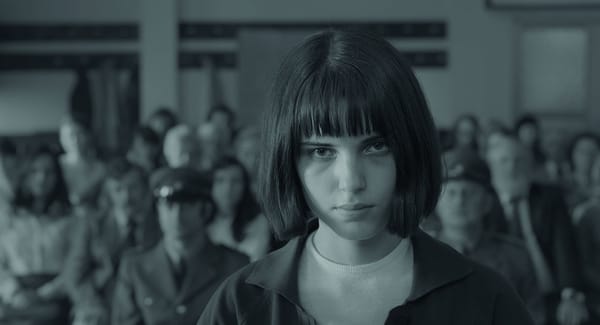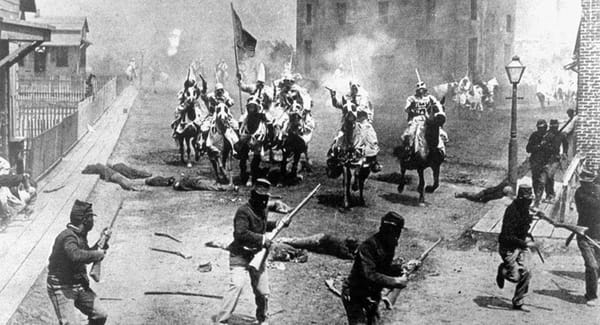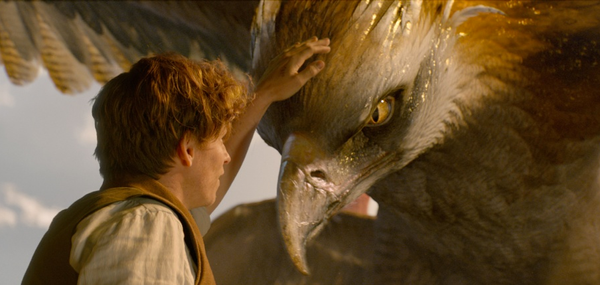A Return to Stars Hollow | Gilmore Girls
Gilmore Girls is a well-loved multi-generational drama set in a picturesque Connecticut town. Its original run was a cultural touchstone, and its popularity made it an ideal candidate for Netflix’s recent revival spree. How does the revival compare?

Reviving beloved TV shows can be a tricky business. Shows that are missed tend to build up a mythology around them; with time and absence, every fault and inconsistency is forgiven. To bring them back, however, is to burst the rose tinted bubble of fond nostalgia and push them into the harsh lens of reality. For the creators, raising the old magic from the dead is a nigh impossible task, as the latest revival of the X-Files proved.
Gilmore Girls, a generational show about mothers and daughters, was set against the backdrop of a quirky town in Connecticut. It aired for seven seasons and went off the air nine years ago. The show creator, Amy Sherman Palladino, left the show at the end of the sixth season in the wake of failed contract negotiations. Having handed over her show, she gave interviews in which she shared that she had already planned the show’s trajectory, including the intriguing ‘four last words’. Thus, for its final season, a case of Schrödinger’s Gilmore Girls was born; there was one version of the show that played out on the CW in weekly episodes, and another which remained hidden in Amy Sherman Palladino’s imagination. Netflix couldn’t have hoped for a better sales pitch when they decided to bring back the show for a limited run of four 90-minute episodes this year. Finally, the world would see the true Gilmore Girls, the original vision.
Buzzfeed, AV Club, and TV Line went to work and painstakingly curated every last update from the set; it seemed every single one of the original cast members would be returning: from the town troubadour, to Sookie, played by Melissa McCarthy, whose career has reached stratospheric heights from her days of cheerily commanding the kitchen of The Dragonfly Inn. There was, of course, to be one glaring omission from the cast list, Edward Herrmann, who played the Gilmore patriarch Richard Gilmore and passed away in 2014. How the show would handle his passing remained one the most hotly anticipated aspects of the show’s return, along with the perennial question: ‘Jess or Logan?’.
The series finally dropped Friday of last week. From the very first scene of ‘Winter’, the opening episode of the revival’s quartet, it is clear that Amy Sherman Palladino is very much back in her element. Exposition-y at first, understandable for a show that is working to catch up its viewers on nearly a decade of the characters’ lives, Gilmore Girls quickly settles back into its mile-a-minute pop culture peppered dialogue.
Stars Hollow’s cutesy New England town charm is a welcome break from the real world. It seems, as Lorelai says at one point, truly like a town inside a snow globe. The outside world, aside from the tyranny of the wi-fi free-loaders at Luke’s Diner, seems hardly to have touched it. What the show fails to say about the world at large, it does incredibly well in its interpersonal dynamics between the characters. Edward Herrmann’s absence is felt keenly; the Gilmore women: his wife, Emily, his daughter, Lorelai, and granddaughter, Rory, each struggle to come to terms with their grief, as well as how best to honour him throughout the four episodes.
Emily’s character arc is the most drastic and the most satisfying; she leaves behind a life in Hartford society that brought her no joy to live in a cottage in Nantucket, regaling schoolchildren with graphic and bloody stories of whaling at a new job in the museum. Lorelai finally gets married to Luke, due to an epiphany she has behind a coffee shop (where else for Lorelai?), after repeatedly attempting to find herself on a ‘Wild’ (book) journey fail. In one of the most tear-jerking moments of the revival, she calls her mother from the top of a hill recounting her favourite memory of her late father. It’s a moment of catharsis for the two women who have had a fraught relationship for the series’ run. Later, in a scene mirroring the first ever episode, when Lorelai asks for money from her mother, and is asked to spend time with Emily in return, there is none of the bitter resentment that accompanied Friday night dinners.
The youngest Gilmore’s arc by contrast brings no real comfort. In the original run, Rory was the bookish wunderkind that could do no wrong. She glided on her brains and her grandparent’s financial power from Chilton valedictorian to editor of the Yale Daily News.
Even a spectacular meltdown in the later seasons didn’t hold her down for long- she graduated top of her class, and set off on the campaign trail with Barack Obama (pre-2008 run): a fledgling Christiane Amanpour. The revival finds the early promise of success shattered, utterly broken, and chewed up by life. Rory is by her own admission ‘rootless’, essentially unemployed, couch-surfing, and always on the search for her lucky underwear (that she never finds). This is the tragic side of her millennial identity. She becomes associated with the thirty-something club, the gang of highly qualified graduates unable to move out of their parents’ homes.
The show is similarly unforgiving to the rest of Rory’s generation. We were introduced to Lane, Rory’s childhood friend, as a sixteen year old desperate to escape Stars Hollow, and her mother’s antique shop, to live life as a rock star. She is shown in the revival to be still working in the family business, taking care of her twin boys, and barely finding time to fit in band practice. Paris Geller, ever the firebrand, is successful and still making teenagers cry, but has children being raised by nannies: a reflection of the childhood she also had.
Even Logan, who managed to escape the family business he never wanted to join in season 7, is back working for his father, going along with a loveless relationship of convenience. There is a sense of everything coming full circle in the revival. There is narrative symmetry in Rory’s admission ‘Mom...I’m pregnant’. Of course, the famous last words had to be this; in a generational show, there could be no other ending. We are left to presume that the baby is Logan’s, her engaged college boyfriend with whom she’s been having an affair. Just in case we missed the Christopher-Luke parallels between Logan and Rory’s other significant boyfriend, Jess, we are shown Jess throwing a very Luke-like wistful look at Rory in one of the closing scenes of ‘Fall’.
It’s a neat ending, it ties everything up in a bow (much like How I Met Your Mother’s big reveal that Aunt Robin was the woman for Ted all along). It’s clever, it works on the page. Yet on screen, it is a faintly disappointing end to Rory’s story, a girl who in her original iteration was more concerned with chasing accomplishments than boys . The Gilmore Girls revival is successful in many ways in that it manages to capture the magic of the original run, namely its quirkiness and humour. It delivers both laughs and tears. Yet it doesn’t quite live up to the insanely high expectations Sherman Palladino built up for herself. The show seems unable to move past narrative symmetry to give its younger characters’ endings worthy of their character growth.
The show allows the older characters (Emily, Luke, and Lorelai) to grow out of the lives that no longer make them happy and into lives that do, but dooms the younger generation to retracing the grooves of their parent’s lives, trapped in the snow globe of Stars Hollow.








